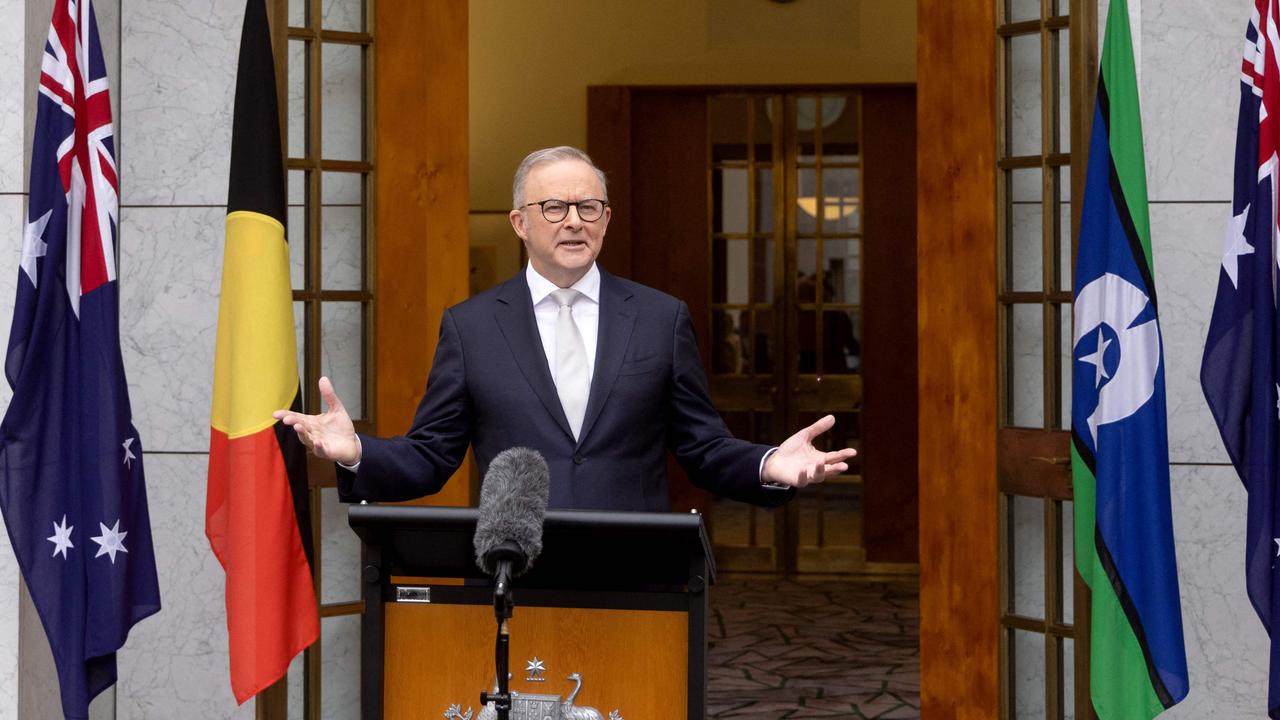Marinus Link undersea electricity cable vital to Tasmania’s economic future, energy committee hears
The proposed Marinus Link electricity interconnector will bring massive wins for the state, including preserving our climate credentials over the long term, a committee heard. Here’s why.
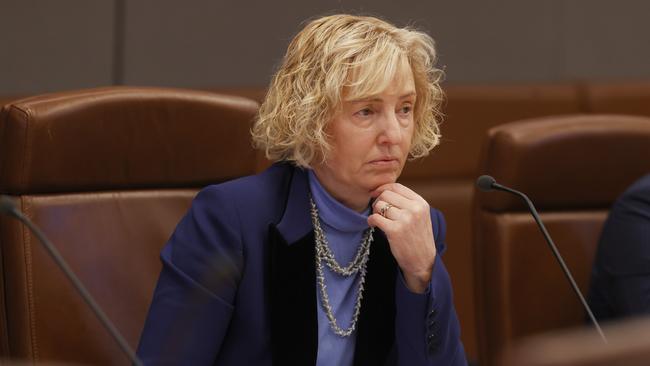
Politics
Don't miss out on the headlines from Politics. Followed categories will be added to My News.
The proposed Marinus Link electricity interconnector will help Tasmania preserve its enviable climate credentials over the long term, and attract new industrial players to the state, a parliamentary energy committee has heard.
During a public hearing in Hobart on Monday, MPs were also told that the market efficiencies generated by a second, larger undersea power cable between Tasmania and Victoria would save local consumers up to $40 each on their annual electricity bill.
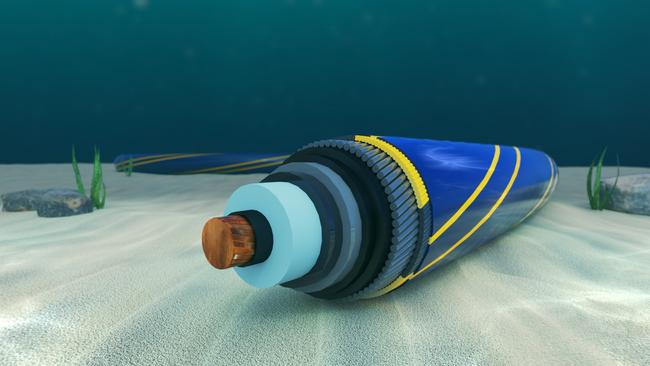
With 50 per cent more capacity than the existing 500-megawatt Basslink cable, the $3 billion Marinus project now involves the construction of a single, two-way transmission line from northern Tasmania to Gippsland, after plans for two such cables were abandoned last year due to rising costs.
Professor Richard Ecclestone, from the UTAS-based Tasmanian Policy Exchange, told the Joint Select Committee on Energy Matters that Marinus represented an opportunity for the island state to decrease its reliance on an ageing and expensive hydro-electric portfolio, by drawing on cheaper mainland power when it was available, and diversifying the types of renewables produced in Tasmania.
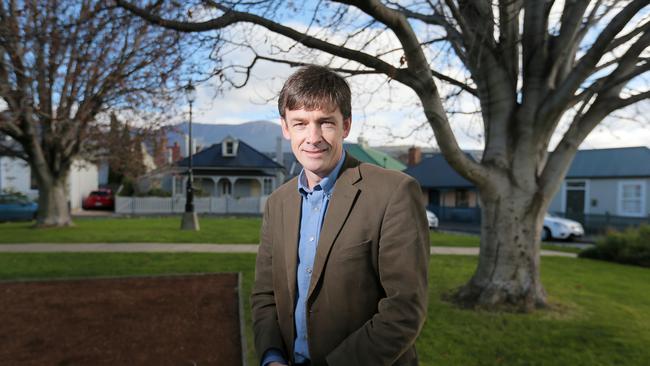
“I see Hydro as like a classic car, because while it’s a really valuable thing to have, you want to use it sparingly,” Prof Eccleston said.
“So getting more wind and solar in the mix will not only increase capacity, but it should put a downward pressure on costs.
“I’m also of the view that to support decarbonisation nationally, and to ensure the future of existing industries [in Tasmania], we do need additional generation on-island.
“The reality is that if we don’t do anything, then I think our climate credentials are probably threatened, or our energy-intensive industries will probably struggle in 10 or 15 years’ time.”
TasNetworks chief executive, Sean McGoldrick, told the Ruth Forrest-chaired committee that increased interconnection with the mainland offered both greater security for Tasmania’s power network, and more opportunities to tap the state’s rich wind and solar resources.
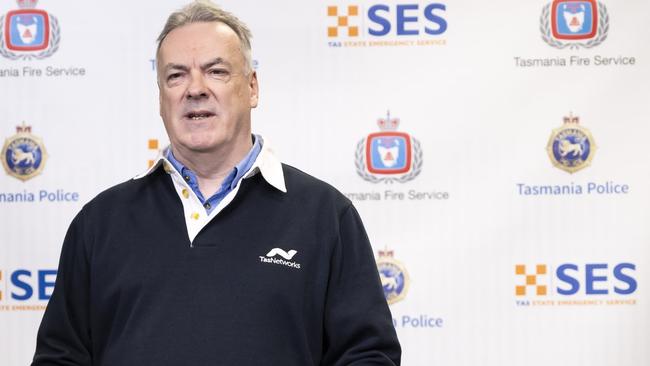
Dr McGoldrick said with demand for electricity in Tasmania only likely to increase in coming years, it was imperative that appropriate infrastructure was in place across the state as Australia’s energy transition continued apace.
“It is sometimes said that without transmission, there is no transition,” Dr McGoldrick said.
“And we are working on the enhancements and extension of the transmission network needed to connect the Marinus Link interconnector to the Tasmanian power system, as well as the new generation that Marinus Link will facilitate.”
Marinus Link chair, Sandra Gamble, gave evidence that when the new cable was switched on in 2030, the wholesale price of electricity would drop by between $148 and $165 per consumer, resulting in an annual $40 saving power bill saving for every Tasmanian customer.
Ms Gamble said Marinus had become more affordable for Tasmania following a joint-venture agreement in which the Australian Government assumed a 49 per cent equity share, Victoria 33.3 per cent, and Tasmania just 17.7 per cent.
“The increasing data capacity … alongside the increased energy supply of Marinus Link is expected to attract new advanced manufacturing facilities and data centres, spur new electricity demand, and encourage the growth of Tasmania’s economy,” Ms Gamble said.




